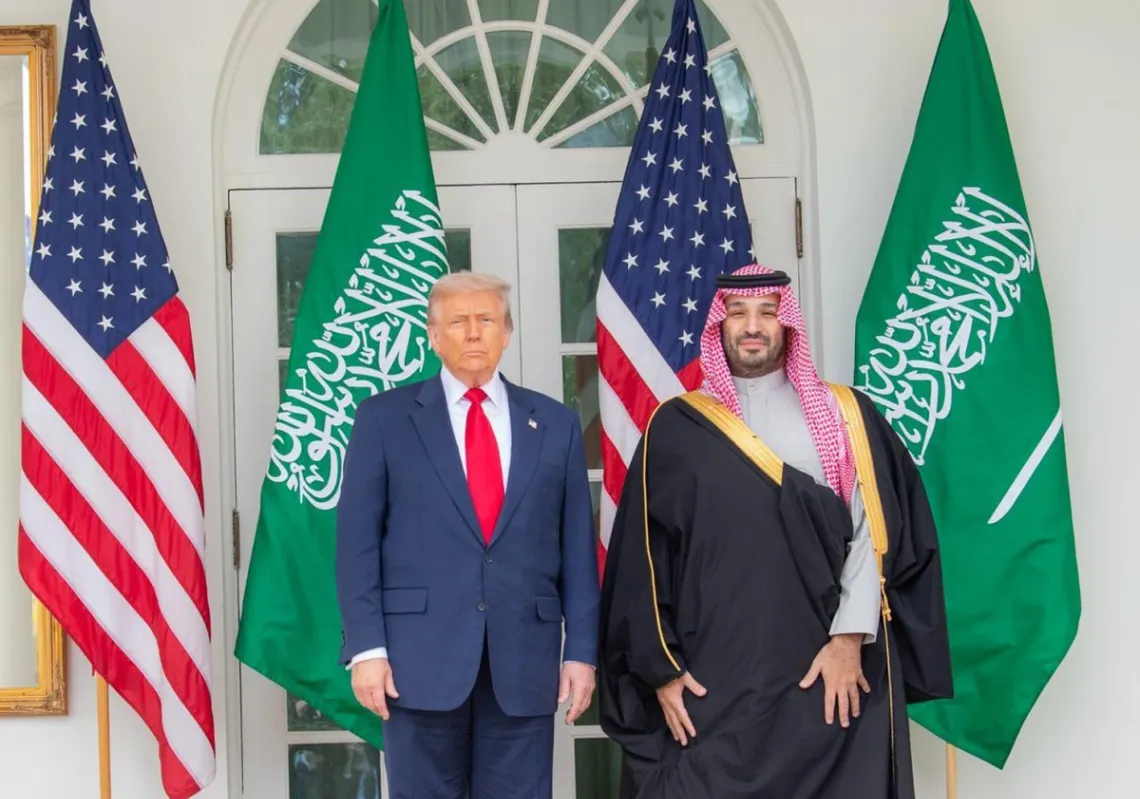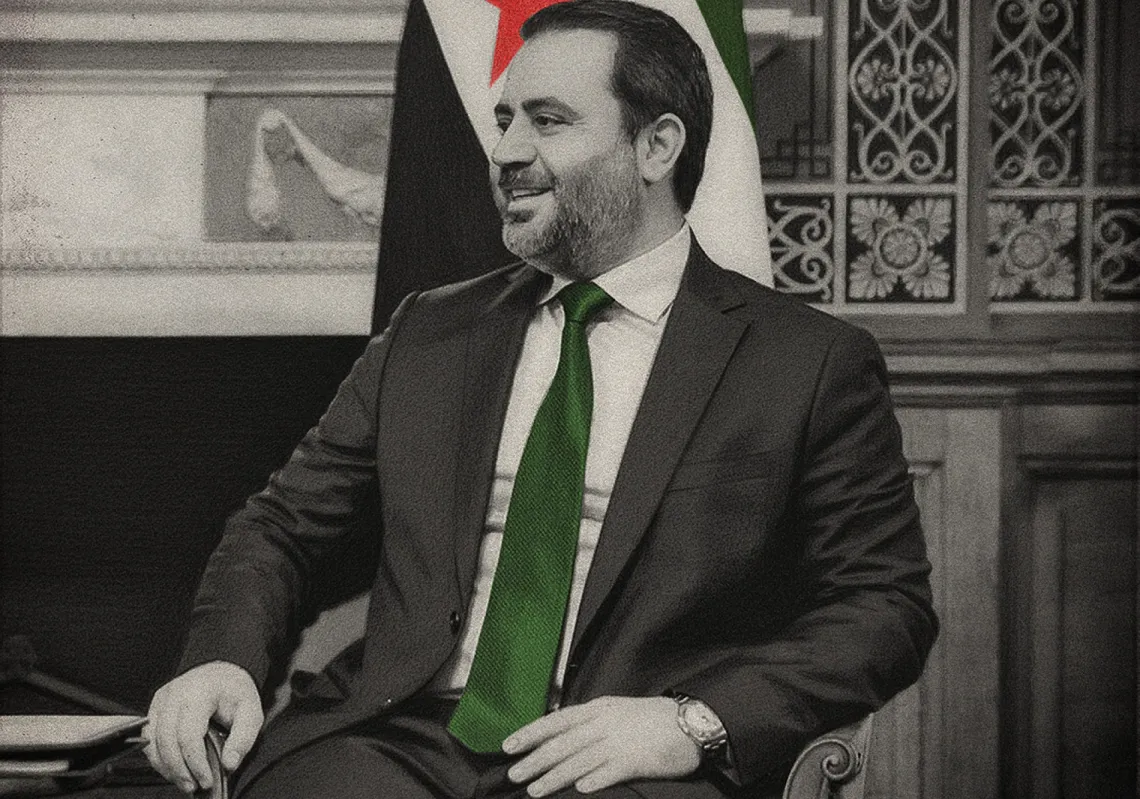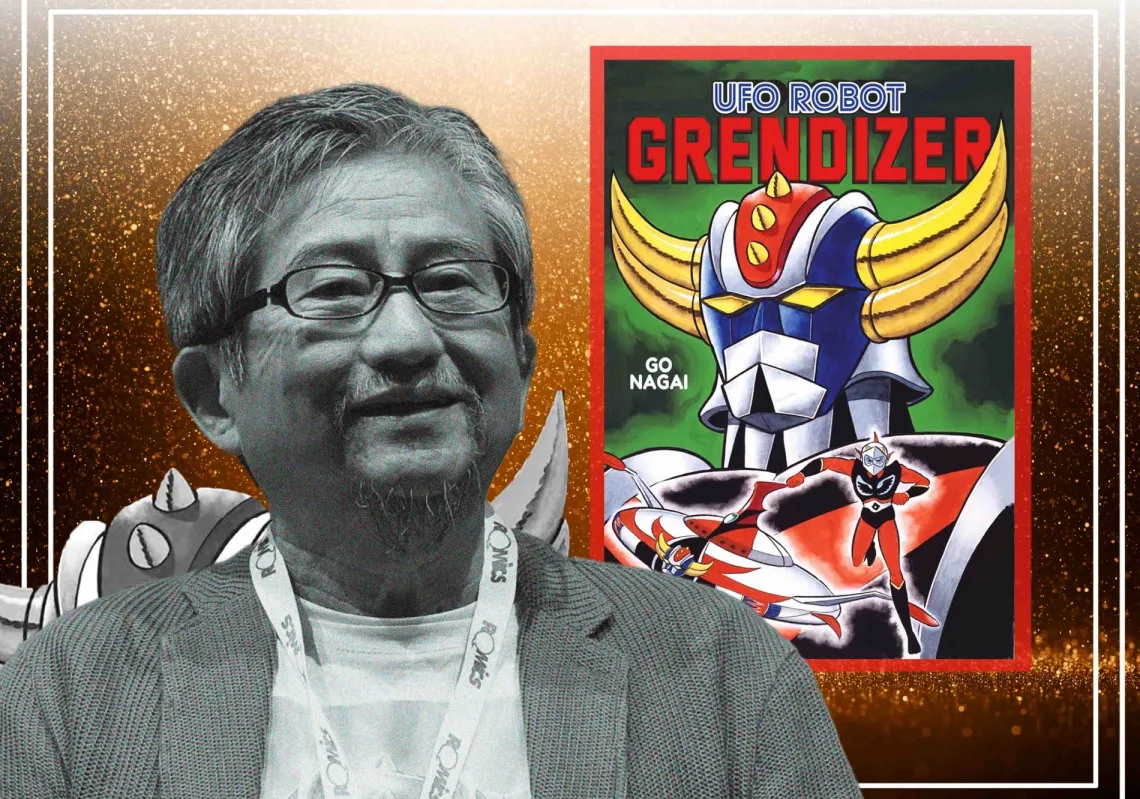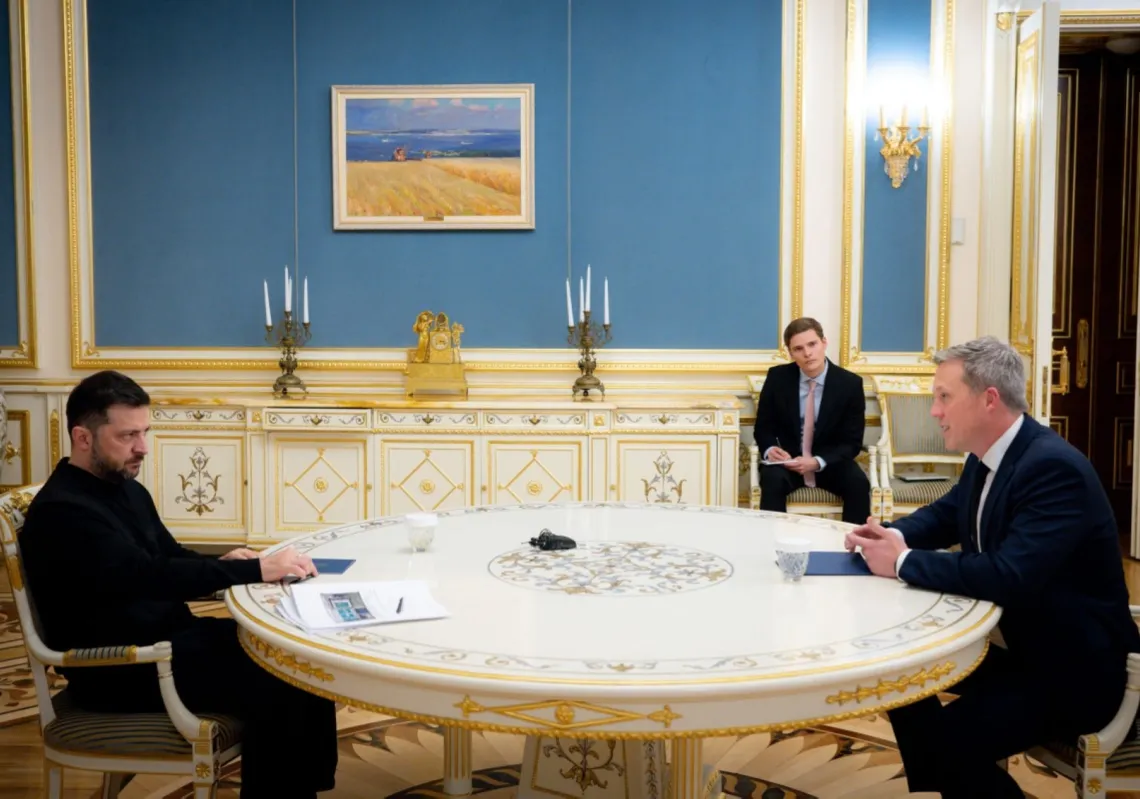In a few days, Egyptians will be celebrating the eleventh anniversary of the popular revolution that erupted on January 25th, 2011 and brought down the thirty-year-old dictatorship of Mubarak regime. However, the glorious momentum of the success of the young liberal activists in breaking the barriers of fear and paving the road of the future for pursuing the dream of democracy, was quickly followed by the nightmare of seeing political Islamists exploiting the power vacuum, the then newborn democracy, and even religion to reach the top of power. How the Muslim Brotherhood hijacked the Egyptian revolution is one of the most important stories that is rarely told in western media.
“If it is not me, it is the Muslim Brotherhood,” said Mubarak in almost every media appearance or official meeting he made. Before the 2011 revolution, the Muslim Brotherhood used to assure the young liberal activists that the group does not seek political power, claiming that the group’s one and only goal is preaching (Da’wa); i.e., to peacefully educate the general public about their version of Islamic Sharia. Yet, time and experience have proven that they were lying. Although they had never encouraged the revolution against Mubarak, they worked strategically to take advantage of the revolution’s success in a way that allowed them to eventually take over the presidency of the state and the ultimate majority of the parliament, by mid-2012.
The leaders of the Muslim Brotherhood took advantage of the successful integration of their young members into the protests to deceive the international community into believing that Egypt is going through an “Islamic revolution,” similar to Iran’s Islamic Revolution of 1978. However, this myth was quickly busted by a poll, which the Washington Institute for Near East Studies conducted in early February 2011, on the nature and motives of the Egyptians protesting against Mubarak. The poll was taken by phone calls in the midst of the upheaval. The final results indicated that the 2011 uprising was not an Islamic revolution.
The survey showed that the Muslim Brotherhood was approved by just fifteen per cent of surveyed Egyptians and its leaders got barely one per cent of the vote in a presidential straw poll. Asked to pick national priorities, only twelve per cent of surveyed Egyptians chose applying Islamic Sharia over Egypt's regional leadership, democracy, or economic development. When asked to explain the uprising’s motives, the surveyed sample selected economic conditions, corruption, and unemployment (around thirty per cent each), which far outpaced the concern that "the regime is not Islamic enough" (only seven per cent).
Yet, unfortunately, this did not stop policy-makers in Washington, and other important European capitals, from supporting the Muslim Brotherhood as an alternative to Mubarak. That is perhaps because, at that time, Egypt did not have any well-organized political party that was capable of leading the state after Mubarak’s fall. The Mubarak regime had, purposefully, weakened the political structure of opposition by cracking down on secular political parties that can act as threat to his rule. Meanwhile, he gave a space to the Muslim Brotherhood to influence grass-roots citizens, especially in rural areas to avoid criticism from the west.
Following the removal of Mubarak, in February 2011, the Muslim Brotherhood employed a number of manipulative tactics against three key parties, in their quest to the mountaintop of political power in Egypt. They are: (1) the liberal activists, who initiated the revolution using nonviolent action and strategies; (2) the Supreme Council of Armed Forces (SCAF), which took over Egypt’s political leadership after the fall of Mubarak; and (3) Al-Azhar’s Grand Imam, Ahmed Al-Tayeb, whom they counted as a serious threat to their Islamic Caliphate agenda.

Tactic 1: Neutralizing Liberal Activists
The Muslim Brotherhood did not participate in the nonviolent protests that led to the 2011 revolution. They neither planned nor initiated any of the rallies that called for Mubarak’s removal, during the first week of the revolution. Instead, the leaders of the group spoke publicly against the liberal activists’ calls for protesting on the police anniversary on January 25th. However, after one week of successful continuous protests, the Muslim Brotherhood leaders decided to send their young members to join other revolutionists, without declaring their collective identity as members of the Muslim Brotherhood. They did not use any specific Muslim Brotherhood logos or Islamic slogans, but they moved together in blocs. Meanwhile, the leaders of the group started to make media statements praising the revolution and echoing activists call for ousting Mubarak.
In the beginning, the members of the Muslim Brotherhood were not welcomed by liberal revolutionists, who resented their refusal to participate in the January 25th protests from the beginning. However, this resentment vanished when the highly organized youth of the Muslim Brotherhood managed to defend the scattered nonviolent protesters against one of Mubarak’s attempts to disperse the protests in Tahrir Square.
On the eighth day of protesting, on February 2nd, members of Mubarak’s dissolved National Democratic Party (NDP) paid owners of tourist camels and horses around the Pyramids area in Giza, to storm into Tahrir Square riding their camels and horses and walk over the bodies of the sit-in protesters. As helpless as nonviolent liberal activists were, the camels attack was supposed to succeed in scaring and scattering the activists’ gatherings. However, the presence of the Muslim Brotherhood youth, who recently joined the protests, altered the whole scenario in favor of the revolutionists.
When the camel riders stormed into Tahrir square, the participating youth of the Muslim Brotherhood, used the martial combat skills they acquired through the group’s secret militia training, to counter the attack. In a matter of seconds, they organized themselves into “U” shape around the helpless and shocked protesters to protect them. Meanwhile, the front liners pulled the attackers off of their camels and horses and fought them. This specific scene ignited a strong bond of sympathy and trust between the young liberal protesters and the youth of the Muslim Brotherhood.
As their popularity grew among protesters, the Muslim Brotherhood leaders started presenting themselves to foreign media as spokespersons of the revolution. They also stepped up to negotiate, on behalf of the protesters, with Mubarak’s regime and intelligence. The politically inexperienced and naively idealist young liberal activists were too occupied by their anger against the Mubarak regime to plan for the next steps after the fall of the dictator. Their lack of organization and clear long-term vision was a point of weakness, which the highly organized and politically skilled Muslim Brotherhood cleverly manipulated to hijack the fruits of the revolution that they made.

Tactic 2: Discrediting The Military as a Political Leader
After neutralizing the liberal democratic youth, Muslim Brotherhood’s next challenge was the highly popular military. The Egyptian military was not only popular among the Egyptian people, but also for Egypt’s most powerful ally, the United States. The strong ties between Egyptian and American military helped shape a lot of vital decisions in Egypt’s domestic policies, regional geo-politics, and diplomatic affairs, since the reign of President Sadat.
After the fall of Mubarak, The Supreme Council of Armed Forces (SCAF) was assigned as the political transitional ruler of the country. The people, including young liberal revolutionists, did not oppose handing power, temporarily, to SCAF until a new constitution and presidential elections be convened. In general, the military is highly respected and trusted by citizens. In addition, the military played a very important role in making the revolution succeed by declining to use violence against the protesters. Yet, the Muslim Brotherhood felt threatened by this increasing popularity of the military. Therefore, their next challenge was to destroy military’s credibility in the eyes of the Egyptian public and Egypt’s Western allies.
Accordingly, the Muslim Brotherhood built on the momentum of the successful revolution to keep nonviolent protests in the streets going for longer. This way, they managed to keep SCAF busy with trying to control chaos at home, while enhancing the mostly-false impression inherited by Egypt’s Western allies, especially the United States of America, that the Egyptian people collectively rejected military’s political rule. This was necessary so the Muslim Brotherhood could introduce their group to the world as the best, and only, potential alternative to Mubarak’s regime.
In parallel, the ongoing protests were an excellent opportunity for the Muslim Brotherhood leaders to engage with public citizens and promote their Islamic Sharia agenda to them, as an alternative to Mubarak’s secular and corrupt government. While Muslim Brotherhood efforts to discredit the military gained momentum at home and abroad, high profile members of the Muslim Brotherhood, such as the group’s spiritual leader Yusuf Al-Qaradawi, were invited to speak to the public at Tahrir Square about the political applications of Islamic Sharia.
Every Friday, in Tahrir Square, the Muslim Brotherhood organized and led a massive protest. On the first two Friday protests, they were celebrating the success of the revolution alongside liberal activists and ordinary non-politicized citizens. Later on, the Muslim Brotherhood started to invite other social categories into the protests to call for their economic rights, including the members of disadvantaged trade unions.
Gradually, after about two months of regular Friday protests, the Muslim Brotherhood members and leaders started to openly attack the military leadership and criticize almost all SCAF decisions and moves. On one of those protests against the military, the Muslim Brotherhood brought to the square some young military officers, in military uniform, who announced their rebellion against SCAF, which is loaded with much older military commanders. The young officers claimed that the army is a corrupt institution and that the people should rebel against it.
After that, the slogan “down with military rule” became a staple in all the Friday protests. This was the first indication of the Muslim Brotherhood’s success in damaging military’s popularity and reputation among local citizens and Western allies. Soon after, the Muslim Brotherhood officially revealed its plans to run for presidency and parliament.

Tactic 3: Overthrowing Al-Azhar’s Grand Imam
After neutralizing revolutionists, especially the super idealist young liberal activists, and discrediting the military domestically and internationally, the next challenge for the Muslim Brotherhood, in their quest to power, was abolishing Ahmed Al-Tayeb from his position as the Grand Imam of Al-Azhar.
Al-Tayeb has always been a thorn in the back of the Muslim Brotherhood, since he was a professor at Al-Azhar University. Muslim Brotherhood leaders knew that they could not promote their extremist agenda of governing through Islamic Sharia, while he continued in commanding Al-Azhar. They could not think of dismantling Al-Azhar, as an institution, because this would have ignited anger against the group by its religious grassroots supporters. At the same time, they did not want Western allies to see the Muslim Brotherhood as an Islamic group fighting moderate Islam, represented in Al-Tayeb as the Grand Imam, and in Al-Azhar as a worldly renowned centrist Muslim institution.
Therefore, the Muslim Brotherhood resorted to organizing massive protests, once again, to pressure for overthrowing Al-Tayeb from the leadership of Al-Azhar. The Muslim Brotherhood affiliated students at Al-Azhar University, instructed by Muslim Brotherhood leaders, organized a series of complaint-based protests inside the university’s campus, about internal administrative policies related to students’ fees, employees’ rights, teachers’ salaries, etc. As the protests inside the campus succeeded in gaining momentum and higher number of supporters, the Muslim Brotherhood organized much louder and wider protests outside the office of Dr. Ahmed Al-Tayeb at the headquarters of the Sheikhdom of Al-Azhar. The biggest of those protests took place on the 26th of April, 2011. More than fifteen thousand scholars, employees, teachers and students from Al-Azhar gathered outside the office of Al-Tayeb calling for Al-Azhar’s legal independence from state and for electing a new Grand Imam.
In a stubborn response that shocked and confused the Muslim Brotherhood, Al-Tayeb refused to resign and decided to fight back. He made a public statement indicating that his resignation would put Al-Azhar in the hands of the “wrong people,” in reference to religiously extremist professors affiliated to the Muslim Brotherhood and the Salafist movement. He asserted that “as a servant of Islam and a servant of Al-Azhar,” he would stand strong in the face of the protests, while continue to exert his best efforts to improve Al-Azhar’s governance system and educational curricula. The initiative was widely welcomed by Al-Azhar scholars, as well as political observers, in Egypt and abroad.
Immediately after the launch of the initiative to reform Al-Azhar from within, Al-Tayeb decided to actively participate in managing the political chaos that took place in the aftermath of the 2011 revolution. He was, perhaps, motivated by the fact that this chaos was enabling extremists from the Muslim Brotherhood and the Salafists and, thus, becoming a threat to Al-Azhar and moderate Islam.

Climbing Power to a Resounding Failure
As the Muslim Brotherhood lost hope in overthrowing Ahmed Al-Tayeb, they focused all their resources on manipulating the religious piety of the grassroots citizens to win the parliament elections. By the end of 2011, the Muslim Brotherhood, and their allies from the radical Salafist movement, won the majority of parliament seats, and thus seized control over Egypt’s legislative power.
On the 24th of June 2012, the Muslim Brotherhood candidate, Mohamed Morsi, was announced as the new president of Egypt. He won elections with a very narrow margin (51.7%) against Mubarak’s prime minister and former military aviator general, Ahmed Shafik. Sadly, Morsi’s victory was widely celebrated by Western media, academia, and political observers, as a step towards containing Islamic extremism within an organized political system. However, the general reaction in Egypt was a heightened sense of shock and defeat, especially among the young liberal activists, who initiated the revolution. The majority of the Egyptians, who participated in the revolution against Mubarak’s autocracy, had never wanted or expected to see Egypt turning into an Islamist theocracy governed by the Muslim Brotherhood in presidency and the Salafists in parliament.
Despite that, the rise of political Islamists to the top of political and legislative powers, in 2012, was not challenged by any one. The military and the liberal activists had no choice but to swallow their defeat and accept the new status quo. If the military challenged the ascendance of Islamists to presidential and legislative powers, Egypt would have been exposed to a huge national security threat. Legitimately, military’s worst fear, during the aftermath of the 2011 revolution, was to see Egypt sliding into the same tragic Arab Spring scenario of Syria, Libya, or Yemen. Likewise, the young liberal activists’ worst fear was to see Egypt returning to being a dictatorship under one of Mubarak’s political associates, in case they opposed or challenged the results of the elections.
Several non-governmental organizations, including a leading human rights organization that I was working for at that time, were monitoring the electoral process and collected evidence on forgery and fraud that took place in favor of Morsi. In addition, the victory of Islamists in presidential and parliamentary elections, in 2012, was a result of disgraceful manipulation of people’s religious piety and starvation for democratic change. The slogan the Salafists used in parliamentary elections, for example, was: “we are your way to Heaven.” They deceived the religious grassroots citizens into believing that voting to Salafists or the Muslim Brotherhood is a vote for God.
However, within only a few months of Islamists’ disappointing performance in parliament and presidency, the grassroots Egyptians realized the huge mistake they committed and became determined to fix it. Within only one year, Egyptians lost their patience over Muslim Brotherhood’s discriminative beliefs and actions against women and Coptic Christians, in addition to Morsi’s resounding failure in running state affairs or improving the economy. By June 2013, on the first anniversary of Morsi’s election as president, the Egyptian people, aided with the military, overthrew the Muslim Brotherhood out of the power that they sneaked to at a critical moment of state weakness.
Dalia Ziada is an Egyptian author and Director of the Liberal Democracy Institute. Her work covers military affairs, political Islamism, and geopolitics in the Middle East and North Africa. Tweets at @daliaziada.











